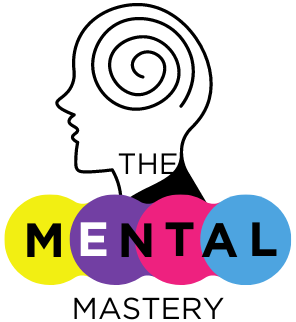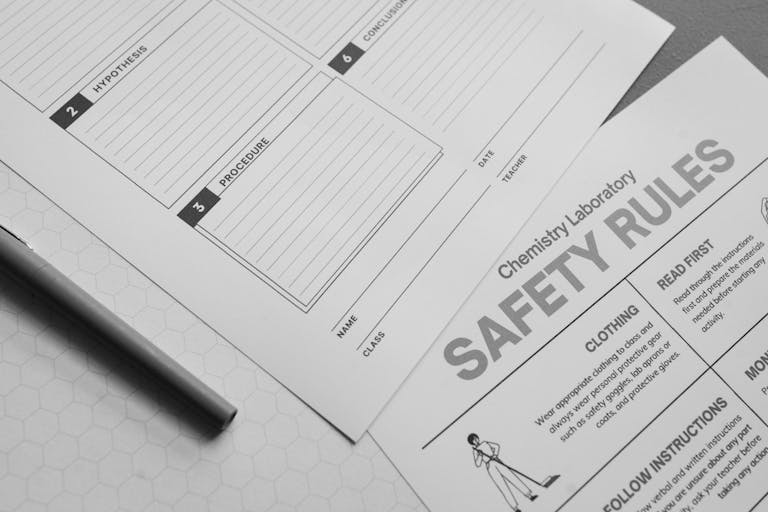Therapy and Counselling Approaches
Introduction
Therapy and counselling have long been recognized as effective treatments for mental health disorders, offering individuals a range of techniques to navigate emotional, psychological, and interpersonal challenges. As the understanding of mental health continues to evolve, so do the approaches that therapists use. In this article, we’ll explore some of the most popular and evidence-based counselling techniques that are used in the field today, with a focus on how they contribute to improving mental health.

8 Counselling Approaches
1. Cognitive Behavioural Therapy (CBT)
Cognitive Behavioural Therapy (CBT) is one of the most widely used approaches in modern psychotherapy. It is based on the principle that thoughts, feelings, and behaviours are interconnected and that by changing negative thought patterns, one can alter feelings and behaviours. CBT is highly effective for treating a range of mental health issues, including depression, anxiety, Post Traumatic Stress Disorder (PTSD), and Obsessive Compulsive Disorder (OCD).
Research shows that CBT can produce long-lasting effects, with studies indicating that 50-75% of individuals who undergo CBT show significant improvement in their mental health symptoms. CBT is structured and goal-oriented, making it particularly useful for individuals looking for a focused, time-limited treatment. Its practical strategies, such as cognitive restructuring and behavioural activation, empower clients to challenge and change unhelpful thoughts and behaviours.
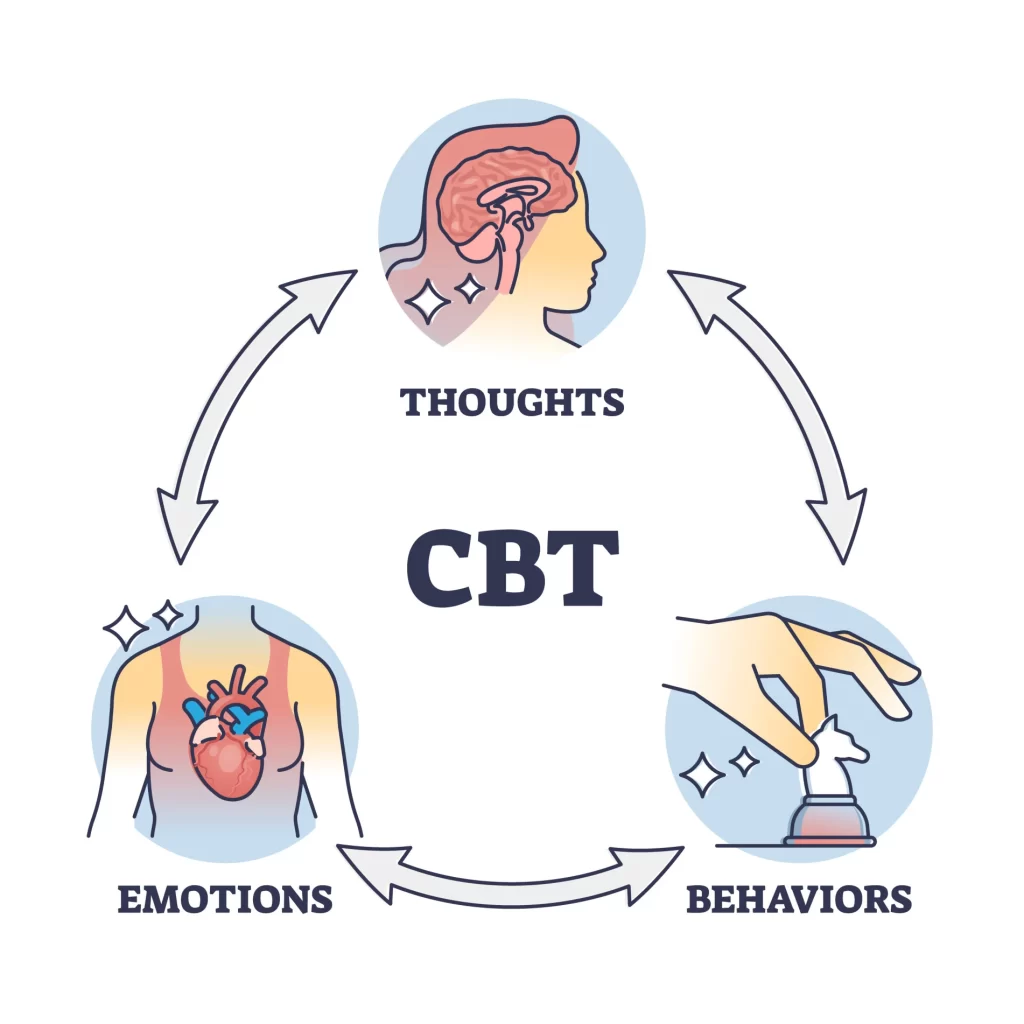
2. Psychodynamic Therapy
Psychodynamic therapy, rooted in the work of Sigmund Freud, is another well-known approach in psychology. Unlike CBT, which focuses on present-day issues, psychodynamic therapy delves into unconscious processes and past experiences to uncover the root causes of psychological distress. This approach allows clients to explore unresolved conflicts, often from childhood, that may be influencing their behaviour and emotional well-being today.
Recent studies have shown that psychodynamic therapy can be effective in treating depression and personality disorders, particularly when used over the long term. It encourages clients to gain insight into their inner world, helping them understand the deeper motivations behind their behaviours and emotions.
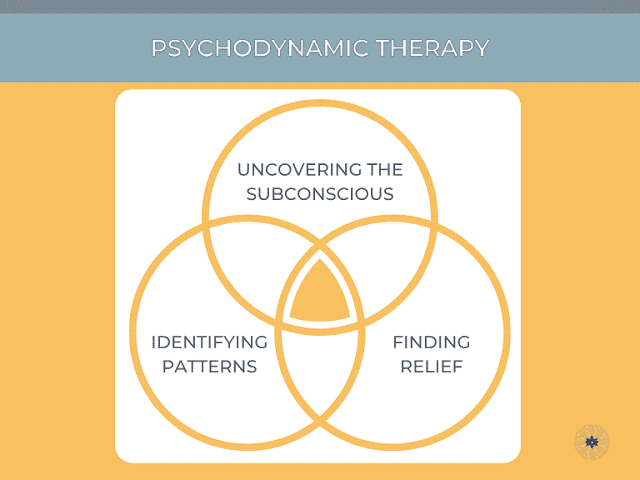
3. Humanistic Therapy
Humanistic therapy, often associated with Carl Rogers and Abraham Maslow, emphasizes personal growth and self-actualization. This approach is based on the belief that individuals have an inherent potential for self-improvement and that therapy should focus on the person as a whole, rather than their symptoms. Humanistic therapists create a supportive, non-judgmental environment, allowing clients to explore their thoughts and feelings freely.
Key elements of humanistic therapy include empathy, unconditional positive regard, and active listening. Research has demonstrated that these therapeutic elements can foster a strong therapeutic alliance, which is often the most important factor in successful therapy. Humanistic therapy is particularly effective for individuals struggling with low self-esteem, personal identity issues, or those looking to enhance their overall well-being.
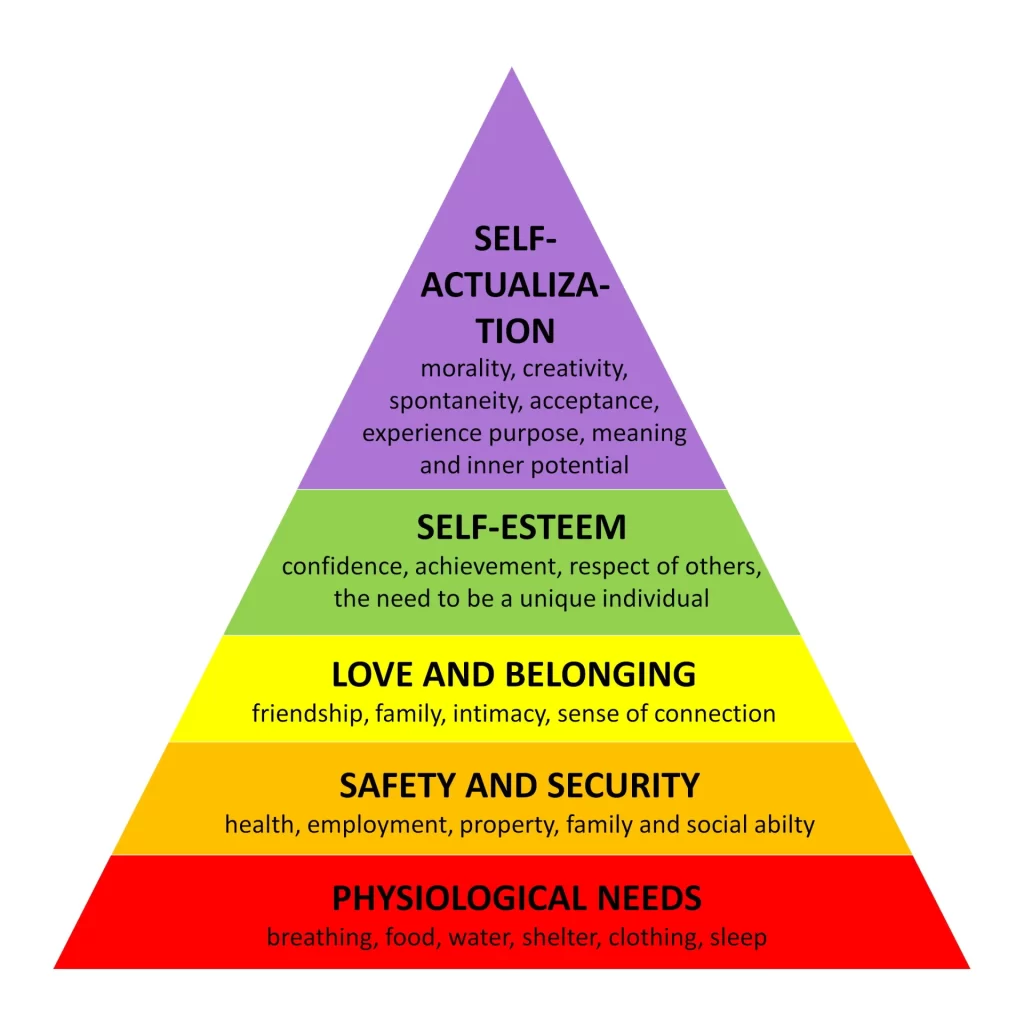
4. Dialectical Behaviour Therapy (DBT)
Dialectical Behaviour Therapy (DBT) is a form of CBT that was originally developed to treat individuals with borderline personality disorder (BPD). However, it has since been adapted to help people dealing with various mental health conditions, including eating disorders, depression, and substance use disorders.
DBT focuses on building skills in four key areas: mindfulness, distress tolerance, emotion regulation, and interpersonal effectiveness. These skills help clients manage intense emotions, tolerate distressing situations, and build healthier relationships. Studies have shown that DBT is highly effective in reducing suicidal ideation and self-harm behaviours in individuals with BPD. The structured nature of DBT makes it suitable for individuals who need concrete tools to manage overwhelming emotions.
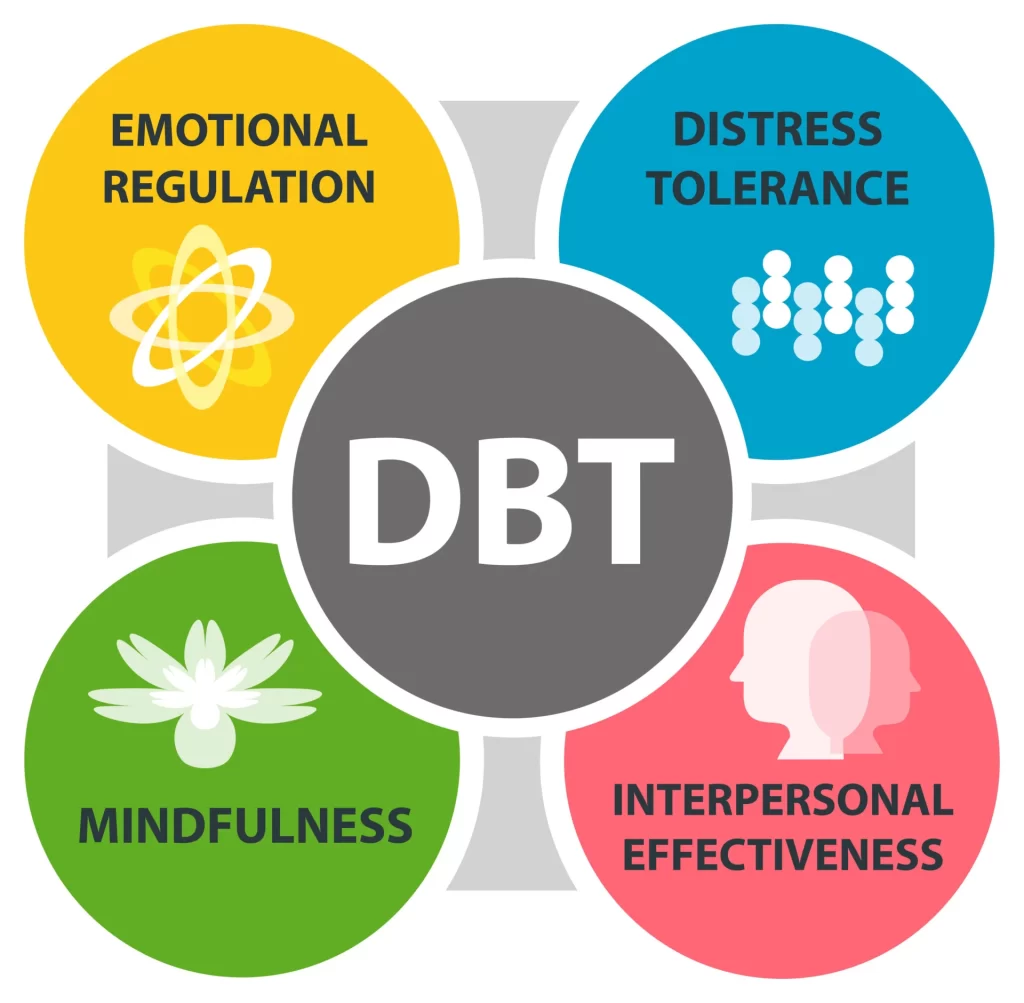
5. Mindfulness-Based Therapy
Mindfulness-based therapy, including Mindfulness-Based Stress Reduction (MBSR) and Mindfulness-Based Cognitive Therapy (MBCT), combines mindfulness practices with elements of cognitive therapy. The goal is to teach clients to remain present at the moment and observe their thoughts and feelings without judgment.
Mindfulness-based approaches have been found to be effective in reducing symptoms of anxiety, depression, and stress. They also enhance emotional regulation and resilience by encouraging clients to develop a non-reactive relationship with their thoughts. Regular mindfulness practice has been linked to structural changes in the brain, particularly in areas related to attention and emotion regulation.
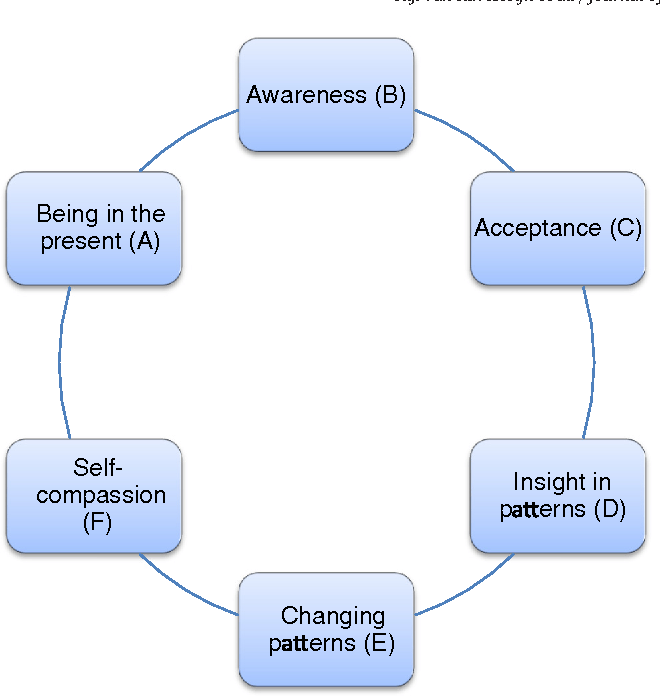
6. Solution-Focused Brief Therapy (SFBT)
Solution-Focused Brief Therapy (SFBT) is a goal-oriented approach that emphasizes solutions rather than dwelling on problems. The therapist and client work together to identify specific, actionable steps toward achieving the client’s goals. This therapy is often used for clients seeking short-term intervention, focusing on their strengths and resources to create positive change.
SFBT has been found to be particularly effective for individuals dealing with specific issues like workplace stress, relationship conflicts, or managing chronic illness. Its future-focused and optimistic perspective empowers clients to see themselves as capable of overcoming their challenges.
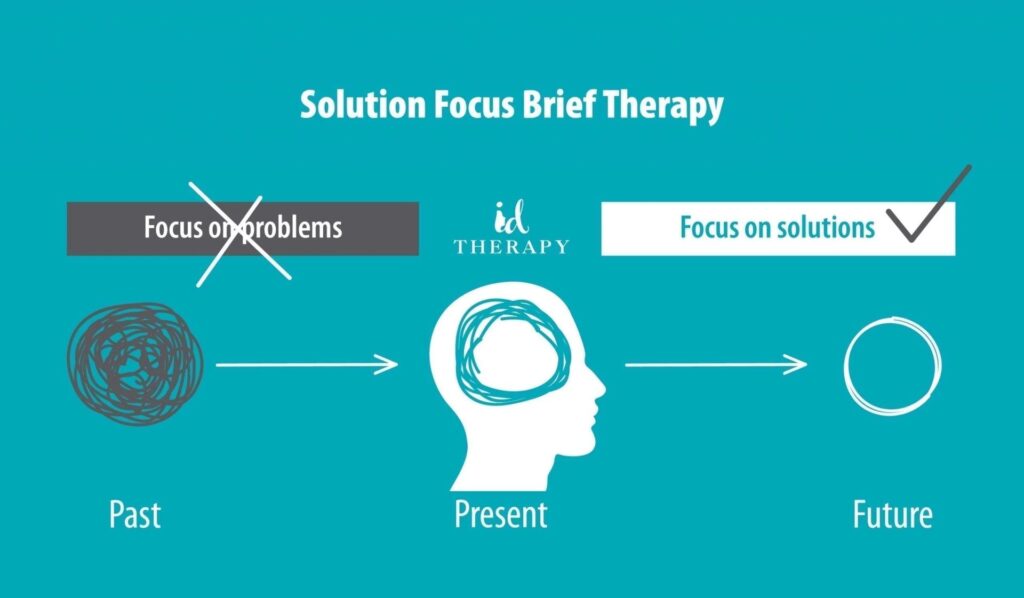
7. Family Therapy
Family therapy is a form of counselling that focuses on improving communication and resolving conflicts within families. This approach recognizes that family dynamics can play a significant role in mental health and that addressing these relationships can have a profound impact on an individual’s well-being. Family therapy is often used to treat issues like substance abuse, eating disorders, and behavioural problems in children.
Research shows that family therapy is highly effective in improving outcomes for individuals with various mental health conditions, particularly when family dynamics are a contributing factor to their distress. It provides a safe space for family members to express their concerns, improve communication, and work toward resolving conflicts.

8. Group Therapy
Group therapy involves one or more therapists working with several clients simultaneously. This form of therapy is particularly effective for individuals dealing with social anxiety, substance abuse, or trauma, as it provides a supportive environment where clients can share their experiences and learn from one another.
Studies indicate that group therapy can be just as effective as individual therapy for certain conditions, such as depression and PTSD. The group setting offers a sense of belonging, reduces feelings of isolation, and provides a platform for clients to practice social skills in a supportive environment.

Conclusion
Therapy and counselling approaches continue to evolve as research sheds light on new and effective treatments for mental health. From the structured, goal-oriented nature of CBT and DBT to the introspective exploration of psychodynamic therapy, each approach offers unique benefits depending on the individual’s needs. By understanding these various approaches, individuals can work with their therapists to find the most suitable method for their personal journey toward mental wellness.
Therapists and counsellors often use an integrative approach, combining elements from different therapies to tailor treatment to the specific needs of the client. Whether you’re seeking therapy for depression, anxiety, or relationship challenges, understanding the available approaches can empower you to make informed decisions about your mental health treatment.
References
Beck, A. T., & Haigh, E. A. (2014). Cognitive Behavioural Therapy: Foundations, Past, Present, and Future. Annual Review of Clinical Psychology, 10, 1-24.
Shedler, J. (2016). The efficacy of psychodynamic psychotherapy. American Psychologist, 65(2), 98-109.
Linehan, M. M., et al. (2015). Dialectical Behaviour Therapy for high suicide risk in individuals with borderline personality disorder. JAMA Psychiatry, 72(5), 475-482.
Kabat-Zinn, J. (2017). Mindfulness-Based Interventions: Clinical Applications. Annual Review of Psychology, 68, 291-332.
Lambert, M. J. (2015). The effectiveness of psychotherapy: Revisiting the empirical evidence. Psychotherapy, 52(4), 349-355.
